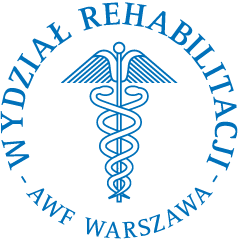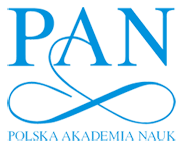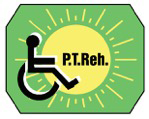


|
Current issue
Archive
Manuscripts accepted
About the journal
Editorial board
Reviewers
Abstracting and indexing
Contact
Instructions for authors
Publication charge
Ethical standards and procedures
Editorial System
Submit your Manuscript
|
3/2025
vol. 39 abstract:
Original paper
A novel respiratory muscle trainer to enhance pulmonary strength in wheelchair athletes: a pilot randomized controlled study
Adv Rehab. 2025; 39(3): 67-81.
Online publish date: 2025/08/26
View
full text
Get citation
ENW EndNote
BIB JabRef, Mendeley
RIS Papers, Reference Manager, RefWorks, Zotero
AMA
APA
Chicago
Harvard
MLA
Vancouver
Introduction:
Wheelchair athletes often face challenges related to respiratory function due to the high physical demands of the sport and limitations in core muscle engagement. This study introduces a novel Respiratory Muscle Trainer (RMT) device, designed to enhance endurance and overall performance in this population by strengthening the respiratory muscles, and evaluates its effectiveness for improving sports performance in athletes with wheelchairs. Material and methods: A pilot randomized controlled trial study was conducted among wheelchair athletes. Twelve participants were divided into an intervention group (n=6) using the respiratory muscle trainer and a control group (n=6) performing conventional training, for four weeks. The RMT device provided adjustable resistance for both inspiration and expiration, promoting progressive overload training. The outcomes comprised maximal inspiratory pressure (MIP), maximal expiratory pressure (MEP), forced vital capacity (FVC) and forced expiratory volume in first second (FEV1). Results: The intervention group showed significant improvements in MIP (from 62.3 ± 12.4 to 75.6 ± 10.8 cmH2O) and MEP (from 78.5 ± 15.2 to 90.2 ± 12.7 cmH2O) compared to the control group (p<0.05). Improved pulmonary function was noted, as indicated by FVC and FEV1 (mean differences of 0.2 L and 0.3 L). Functional performance measures such as changes in wheelchair propulsion efficiency and endurance during sport-specific tasks represent functional outcomes related to cardiovascular and muscular performance. Conclusions: The RMT device effectively improved respiratory muscle strength and functional capacity in wheelchair athletes. Its incorporation into training regimens may enhance performance and respiratory efficiency, contributing to better competitive outcomes. keywords:
athletic performance, athletes, pulmonary function, respiratory muscle strength, wheelchair sports |
    |